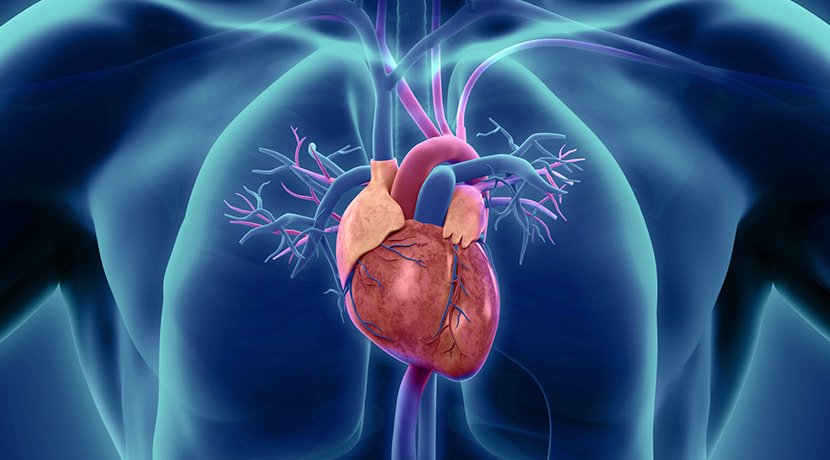By: Dr Balbir Singh
As the number of cardiac ailments have drastically increased in the recent times, the advancement in technology to prevent the associated mortality have been the need of the hour and with the various developments being made in the field many lives are being saved on a daily basis. Procedures can be done without making incisions or opening of the heart which has been a big leap forward to avoid life threatening risks and fatalities in such cases.
The advancements relating to these issues are also equally helpful in improving the quality of life for a patient i.e. what kind of life they will have after such an event. The advanced procedures not only help treat the patients effectively but also determine the functional significance in some tricky situations which were nearly impossible in the past.
The rise in premature deaths because of cardiac ailments in India is a big sign of concern as the people in the age bracket of 25-40 years are suffering the most. It is estimated that 50% of the overall annual deaths in the country are due to heart ailments. The recent estimations suggest that every one in four deaths in India are due to some form of cardiac ailment among both males and females especially in the age group between 25-35 years.
But with the decent developments in the medical care, the survival rate has become better. Treatment with a defibrillator and cardiopulmonary resuscitation, swift & appropriate medical care, survival isn’t out of the equation and is very much possible. A defibrillator is a device that sends an electric shock to the heart to try to restore its normal rhythm.
Cryoablation for heart rhythm disorders
A very safe and effective advancement in the treatment is Cryoablation of the heart which is done for patients with heart rhythm disorders. The procedure is done with the use of a thin flexible tube (balloon catheter) to locate and freeze heart tissues that slows down the heart beat and can drop the temperature down to even minus 80 degrees; this triggers irregular heartbeats, to restore normal heart rhythm. Various studies have shown the recovery to be better by this procedure as compared to medications.
Micra AV
The latest advancement in the pacemaker technology is the world’s smallest pacemaker named Micra AV. The device regardless of its size has a battery life of 15 years and weighs only 15 grams. Recently it was successfully implanted by our team; becoming the first team of surgeons to do it in North India. Till date, two other hospitals have done the same across India.
It is being claimed that by the use of Micra AV, the number of major complications have been reduced by 63% as compared to traditional pacemakers. If we compare the structure of a traditional pacemaker with Micra AV, the Micra AV is MRI compatible and has no leads attached to it. The process of implanting a Micra AV doesn’t involve the need for an incision in the chest so it drops out any possibility of infection or a mark.
The advantages of using Micra AV doesn’t just end there, the device has several additional internal atrial sensing algorithms which detect cardiac movement and helps the device to adjust its pace in regard to the need. The term used for it is “AV synchronous” which means the device will adjust its pace in the lower ventricles to coordinate with the upper atriums which provides pacing therapy to the patients. The whole process is carried out inside the heart which eliminates majority of medical complications and results in fewer post-implant activity restrictions.
Valvular Heart Complication
Another life-threatening complication is Valvular heart complication in which the replacement of valve remains to be the last resort for the patient. In India, even though it is very high risk procedure and the chances of recovery are less, the only possible treatment is open heart surgery or repair or replacement of the valve. The most recent advancements, the catheter-based procedures of Mitra clip can help in repairing the leaking heart valves without surgery. The condition of a patient can lead to enlarged heart, breathlessness and even heart failures, if left untreated.
To make a non-surgical repair of the mitral valve inside the heart, the Mitra Clip is used which is a Novel Catheter and is performed in a Cath Lab just like an angioplasty is performed where special catheters are inserted through the large vein in the groin and the catheter is passed from the right chamber of the heart to the left chamber by puncturing the wall called the interatrial septum. A clip is then put on the leaking mitral valve under echocardiography and X-ray guidance to decrease the leak which ultimately improves the condition of the patient and just after a day or two the patient can also be discharged from the hospital.
With such advancements in technology, there is also a need of awareness and adapting of a heart healthy lifestyle especially among the youth as early measures and prevention can save a lot of lives with the improvement in quality of life. (The author is the Chairman, Cardiac Sciences, Max Hospital, Saket)







